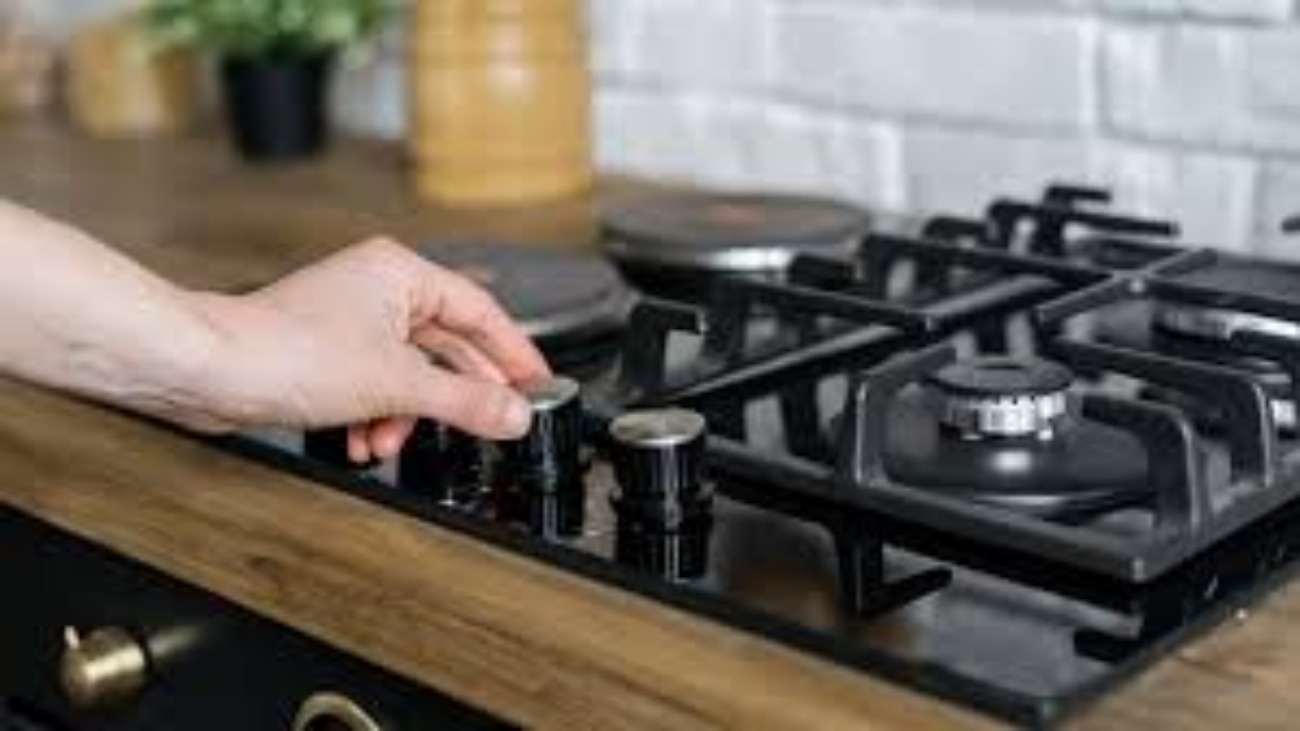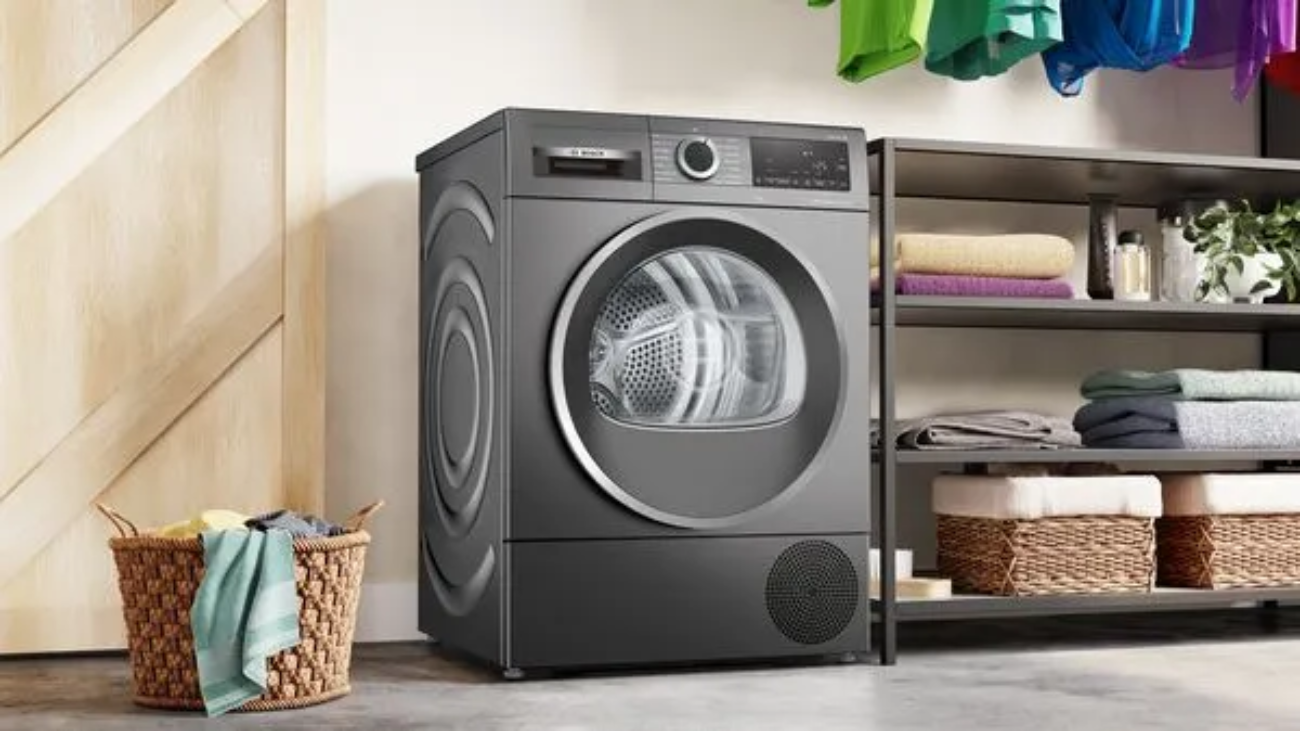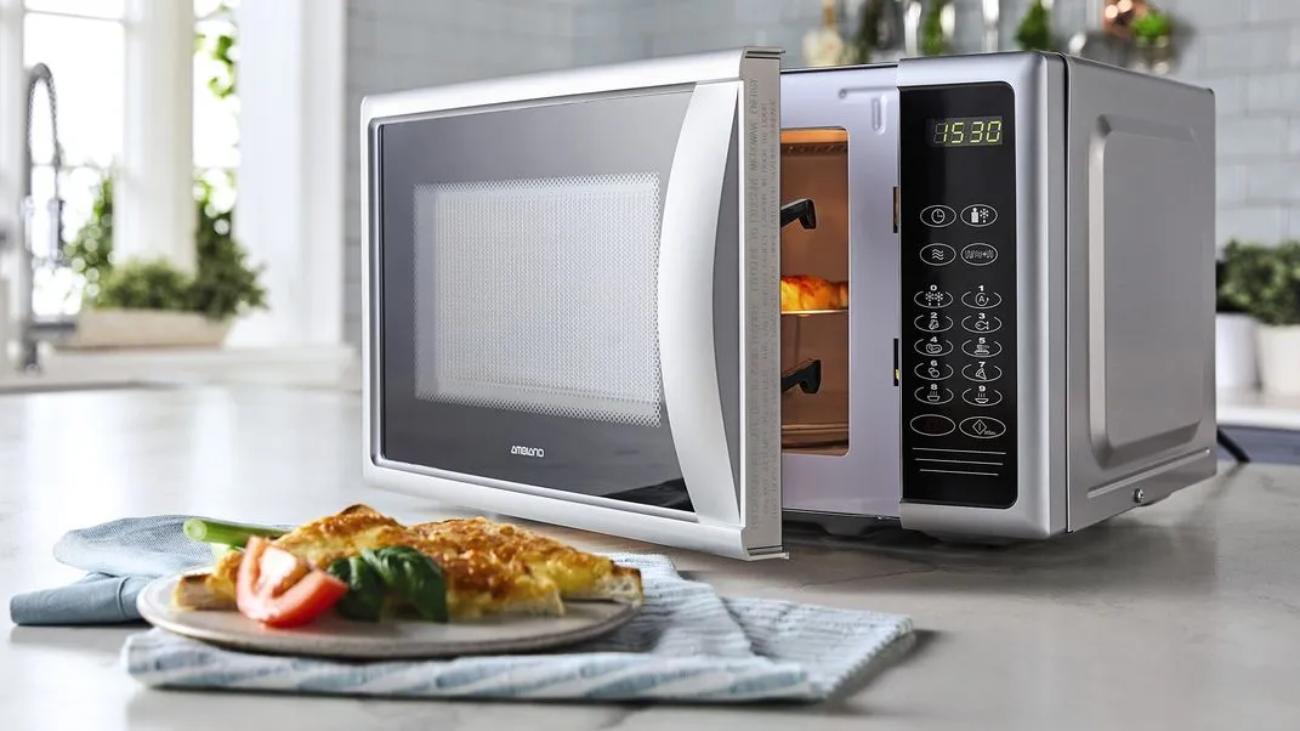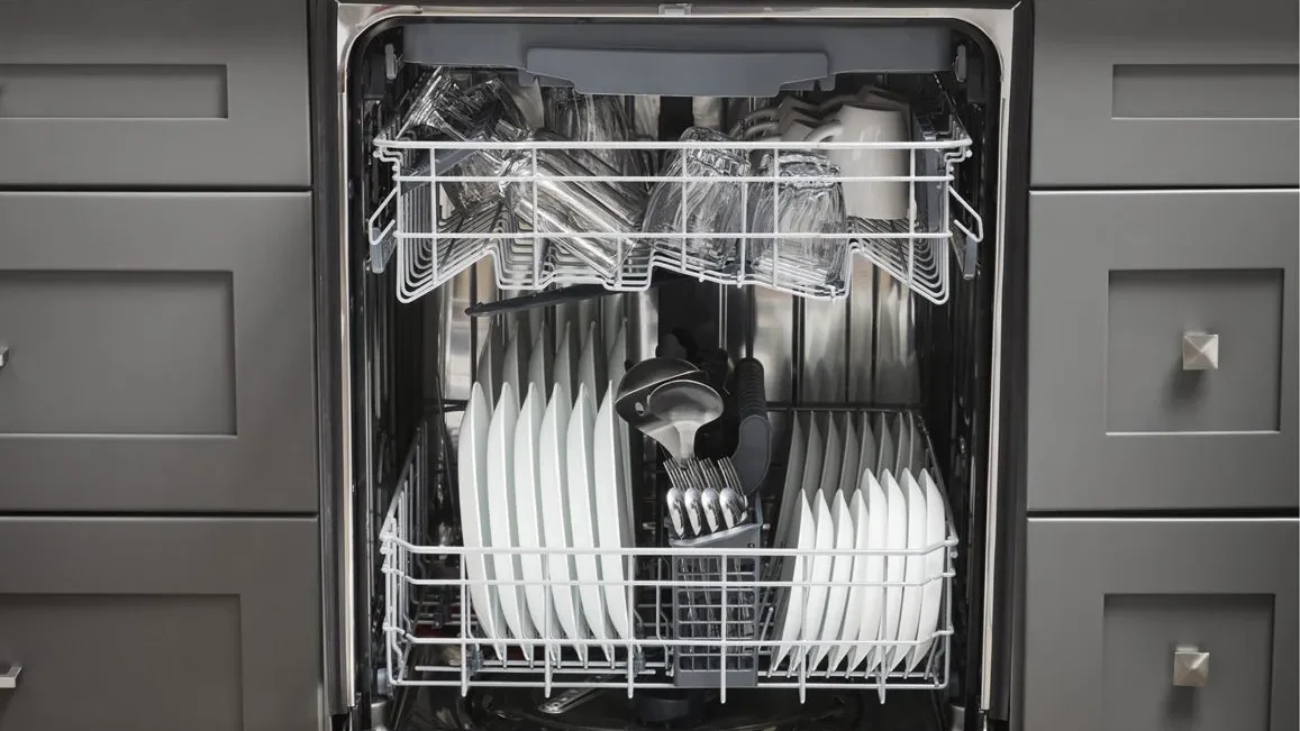Cleaning your dishwasher might seem counterintuitive—after all, it’s a machine designed to clean dishes. However, regular maintenance and cleaning are essential to ensure that your dishwasher operates efficiently and effectively over time. In this comprehensive guide, we’ll walk you through the steps to clean your dishwasher thoroughly, helping you maintain sparkling dishes and prolong the lifespan of your appliance.
1. Gather Your Supplies:
Before you begin, gather the necessary supplies:
- White vinegar
- Baking soda
- Dish soap
- Soft brush or toothbrush
- Microfiber cloth
- Toothpicks or a small brush
- Optional: dishwasher cleaner or descaler
2. Clean the Exterior:
Start by cleaning the exterior of the dishwasher:
- Wipe down the door, control panel, and handle with a damp microfiber cloth.
- Use a mild dish soap solution to remove any stubborn stains or grease buildup.
- Pay attention to crevices and corners where dirt and grime can accumulate.
3. Remove and Clean the Filter:
Next, remove the dishwasher’s filter and clean it:
- Consult your dishwasher’s manual for instructions on locating and removing the filter.
- Rinse the filter under running water to remove food particles and debris.
- Use a soft brush or toothbrush to scrub away any stubborn residue.
- Ensure the filter is completely dry before reinstalling it in the dishwasher.
4. Clean the Spray Arms:
Check the spray arms for clogs and debris:
- Remove the lower and upper spray arms according to your dishwasher’s manual.
- Inspect the spray arm holes for any obstructions, such as food particles or mineral deposits.
- Use toothpicks or a small brush to dislodge any debris from the spray arm holes.
- Soak the spray arms in a solution of white vinegar and water to remove mineral buildup.
5. Descale the Interior:
To remove mineral deposits and limescale from the interior of the dishwasher:
- Place a dishwasher-safe bowl filled with white vinegar on the top rack of the dishwasher.
- Run a hot water cycle on the highest temperature setting without any dishes.
- The vinegar will help break down and dissolve mineral deposits, leaving the interior clean and odor-free.
6. Deodorize with Baking Soda:
To eliminate odors and freshen the dishwasher:
- Sprinkle a cup of baking soda on the bottom of the dishwasher.
- Run a short, hot water cycle to distribute the baking soda and neutralize odors.
- Baking soda is a natural deodorizer that effectively removes unpleasant smells from the dishwasher.
7. Optional: Use a Dishwasher Cleaner:
If your dishwasher requires a deeper clean, consider using a commercial dishwasher cleaner or descaler:
- Follow the manufacturer’s instructions for the appropriate amount of cleaner to use.
- Run a hot water cycle with the dishwasher cleaner to dissolve tough stains and buildup.
- This step can help restore your dishwasher’s performance and efficiency.
8. Regular Maintenance Tips:
To keep your dishwasher clean and well-maintained in the long run:
- Scrape food scraps off dishes before loading them into the dishwasher to prevent clogs and buildup.
- Run hot water in the sink before starting the dishwasher to ensure the water entering the dishwasher is hot enough.
- Avoid overloading the dishwasher, as this can prevent water and detergent from reaching all dishes effectively.
Conclusion:
Cleaning your dishwasher is an essential part of appliance maintenance that can help ensure its optimal performance and longevity. By following these step-by-step instructions and incorporating regular cleaning into your household routine, you can keep your dishwasher running smoothly and enjoy sparkling clean dishes with every cycle. Remember to consult your dishwasher’s manual for specific instructions and recommendations tailored to your appliance model.




